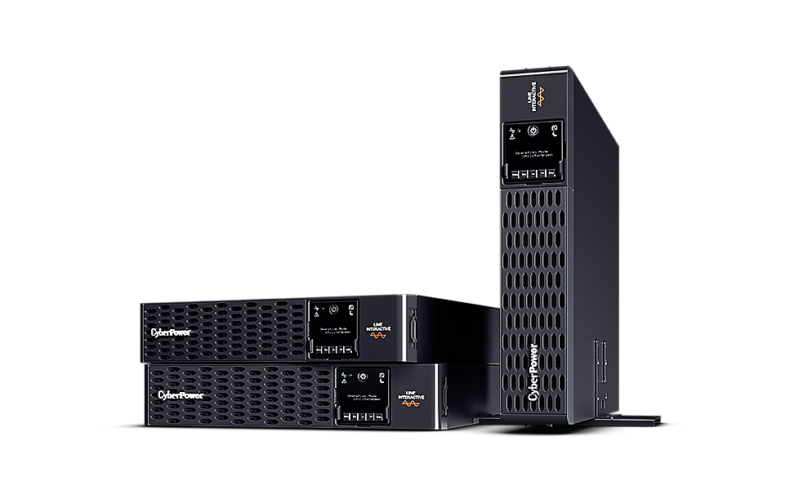Top Benefits of Rackmount UPS – Protect your Data and Business Today

UPS systems – what they are and why they are important:
Almost everybody these days has heard of UPS (uninterruptible power supply or source) systems that help protect electrical devices from electrical power outages or even lightning strikes. A power outage can be very short and hardly noticeable but can cause untold damage if a system is not in place to protect your data and your business.
Many types of UPS systems are available to suit a variety of needs and spaces within businesses and homes but this article concerns what is known as rackmount ups that are designed for use within standard IT racks or rack-based enclosures. These systems must be designed to provide maximum power in very compact packages with built-in batteries. They generally use 1U to 12U of vertical rack space.
Benefits of rackmount UPS
A rackmount UPS system offers several benefits, especially in environments where reliability and space efficiency are critical. Here are some key advantages:
- Space Efficiency: Rackmount UPS systems are designed to be mounted in standard server racks, which helps in utilising space efficiently. This is particularly advantageous in data centres and server rooms where floor space is limited and every inch counts.
- Scalability: They can be easily scaled as the power requirements grow. Many rackmount UPS units allow for hot-swappable batteries and modules, which means you can expand capacity or replace components without downtime.
- Centralised Management: In a rack-mounted setup, UPS units can be centrally managed and monitored. This simplifies maintenance, monitoring of power consumption, and ensures that all critical systems are protected.
- Improved Airflow: Rackmount UPS systems are typically designed with airflow considerations in mind. They can be installed in a way that complements the server rack’s cooling system, ensuring optimal airflow to prevent overheating of both UPS and server equipment.
- Ease of Installation: Installing a rackmount UPS is straightforward if you already have a rack infrastructure in place. It requires minimal setup compared to standalone UPS units, which might need additional floor space and wiring.
- Physical Security: Rackmount UPS units can be easily secured along with other rack-mounted equipment. This helps in preventing unauthorised access and ensures that the UPS remains protected in secure environments.
- Redundancy and Availability: In critical applications, rackmount UPS systems can be configured in redundant setups (N+1 configuration) to ensure high availability. This redundancy minimises the risk of downtime due to power interruptions or UPS failures.
- Flexibility: Rackmount UPS units come in various sizes and capacities, offering flexibility to choose a model that best fits your power requirements without compromising on space or efficiency.
Overall, the benefits of a rackmount UPS system include space savings, scalability, centralised management, improved airflow, ease of installation, physical security, enhanced redundancy, and flexibility in configuration. These factors make rackmount UPS systems particularly suitable for IT environments where reliability and uptime are crucial.
Consumers should be aware of Australian government regulations and standards when installing such a system.




